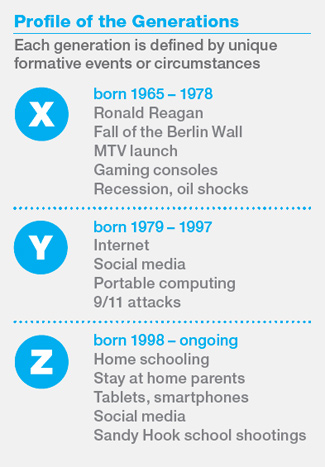

And that is partially true-when properly configured, the built-in tools can preserve pretty much all your data. Some would even argue that you don’t need a third-party backup solution at all for SharePoint Online: the built-in tools should be more than sufficient to protect your data. Microsoft offers a range of tools and solutions to protect your data. Built-in options to protect data in SharePoint Online No matter what the cause is, even with SharePoint Online, you will need to think about your backup options. Some malware is even capable of copying the files, encrypting them, and then deleting the original files. Infections can take place on client devices and sync back to SharePoint Online. Likewise, ransomware or malware is also still a threat to data stored in SharePoint Online. I have even seen Team owners deleting the whole Team by accident, including the attached SharePoint site. People make mistakes, they overwrite the wrong file, delete an entire folder accidentally, or forget to stop synchronization before removing the local copy-it all happens.

The most common cause for data loss is user error. The important of SharePoint Online backupĮven though all your data is stored in the cloud, data loss can still occur. Additionally, we talk about why you might want to use a third-party backup solution.

In this article, we take a look at why it’s important to back up SharePoint Online, as well as the built-in options to protect your data. But what most people don’t know is that these backups are primarily used for disaster recovery, and not for on-demand restore jobs. The data is even mirrored between multiple data centers. Microsoft does make backups of SharePoint Online, that’s true. The truth is that the backup of your SharePoint Online data is your own responsibility. But what about the backup?Ī common misconception is that you don’t need to worry about the backup of SharePoint Online. You get plenty of storage space with your Microsoft 365 subscription, and it’s always available and super easy to use. With SharePoint and OneDrive, you don’t need a local file server anymore.


 0 kommentar(er)
0 kommentar(er)
